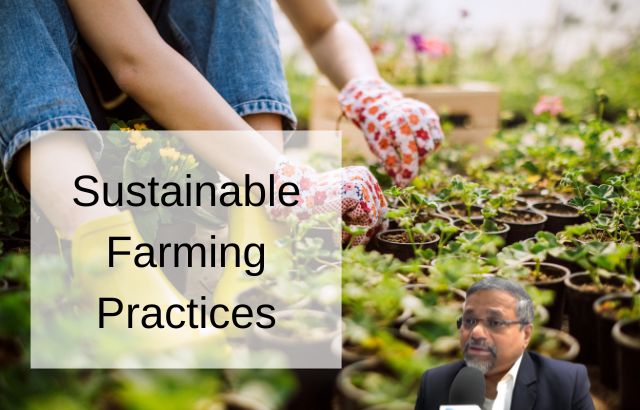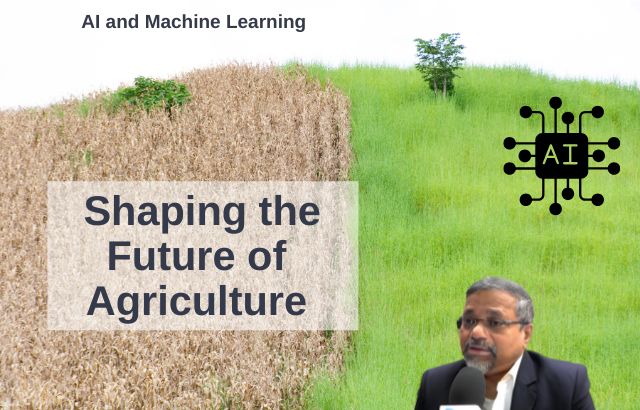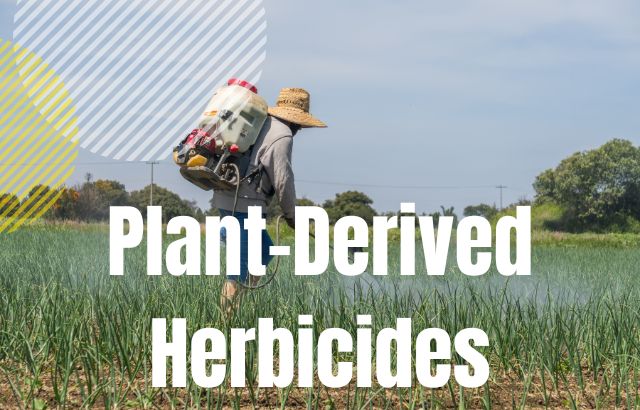Sustainability is no longer a buzzword in agriculture—it’s a necessity. With the increasing global population, climate change, and growing demand for food, farmers are seeking innovative solutions that reduce their environmental impact while maintaining high productivity. Sustainable farming practices, powered by new technologies and techniques, are revolutionizing the agricultural industry and providing solutions to some of the most pressing challenges.
In this blog, we’ll explore sustainable farming techniques that help reduce environmental impact, highlight real-world examples, showcase calculations that demonstrate their effectiveness, and delve into the role of green innovator Jaiguru Kadam in driving these innovations.
1. Precision Agriculture: Optimizing Resources for Maximum Efficiency
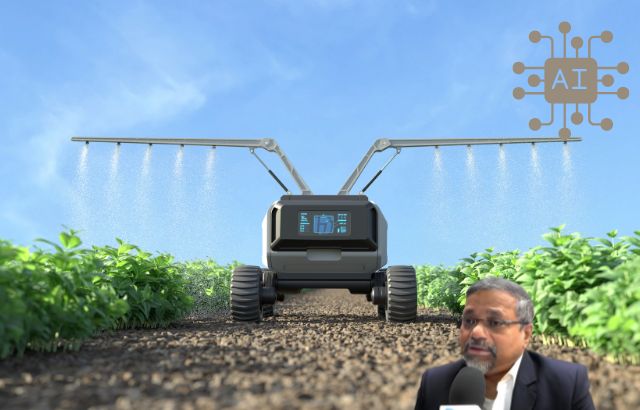
Precision agriculture uses technology such as sensors, drones, GPS, and AI to gather and analyze data on crops, soil, and weather conditions. This data helps farmers make more informed decisions, optimizing the use of water, fertilizers, and pesticides—thereby minimizing waste and reducing the environmental impact.
Example:
- John Deere’s Precision Ag Technology: John Deere offers equipment that integrates GPS and sensors to monitor soil moisture levels, crop health, and environmental conditions. By using data to apply inputs (such as water and fertilizers) only where needed, farmers can reduce resource consumption and increase crop productivity.
Calculation: Assume a farm traditionally uses 100,000 liters of water per hectare for irrigation. With precision farming technology, water usage could be reduced by 20% by targeting irrigation needs precisely. This results in saving 20,000 liters of water per hectare annually. For a 50-hectare farm, this leads to a savings of 1 million liters of water per year—resulting in both cost savings and environmental benefits.
2. Agroforestry: Integrating Trees with Crops
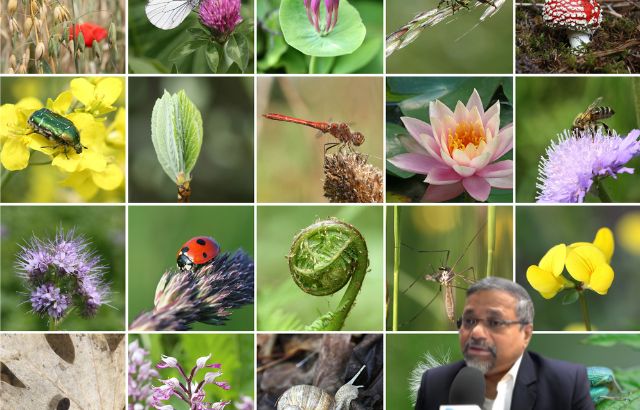
Agroforestry involves the practice of planting trees alongside crops to enhance biodiversity, improve soil health, and reduce carbon emissions. The trees help sequester carbon dioxide, and their roots stabilize the soil, which prevents erosion and promotes water retention.
Example:
- Biodiversity in Brazil’s Agroforestry Projects: In Brazil, agroforestry systems have been implemented to combine coffee plantations with native trees. This not only helps restore degraded land but also creates a diverse ecosystem that supports wildlife and enhances crop yield.
Calculation: Agroforestry can increase crop yields by 20-30% in some cases. For example, a coffee farm with traditional monoculture practices might yield 500 kg per hectare. By introducing agroforestry, yields could increase by up to 30%, resulting in an additional 150 kg per hectare. This approach boosts farm income while promoting environmental sustainability.
3. Organic Farming: Eliminating Chemical Inputs
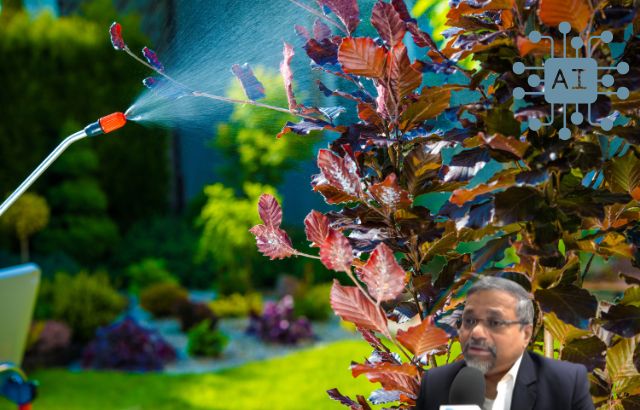
Organic farming focuses on growing crops without synthetic pesticides, herbicides, and fertilizers. Instead, it uses natural fertilizers, crop rotation, and biological pest control. This method promotes healthier soil, reduces water contamination, and supports biodiversity.
Example:
- Rodale Institute’s Organic Farming Methods: The Rodale Institute has been at the forefront of organic farming research. Their studies show that organic farming not only improves soil health and biodiversity but also yields comparable or even higher crops than conventional farming over the long term.
Calculation: A typical conventional farm might use 150 kg of chemical fertilizer per hectare annually. An organic farm, using compost and natural fertilizers, may use only 50 kg of organic matter per hectare. If fertilizer costs $2 per kg, the conventional farm spends $300 per hectare, while the organic farm spends $100, saving $200 per hectare annually—while improving soil health and reducing chemical runoff.
4. Regenerative Agriculture: Restoring Soil Health
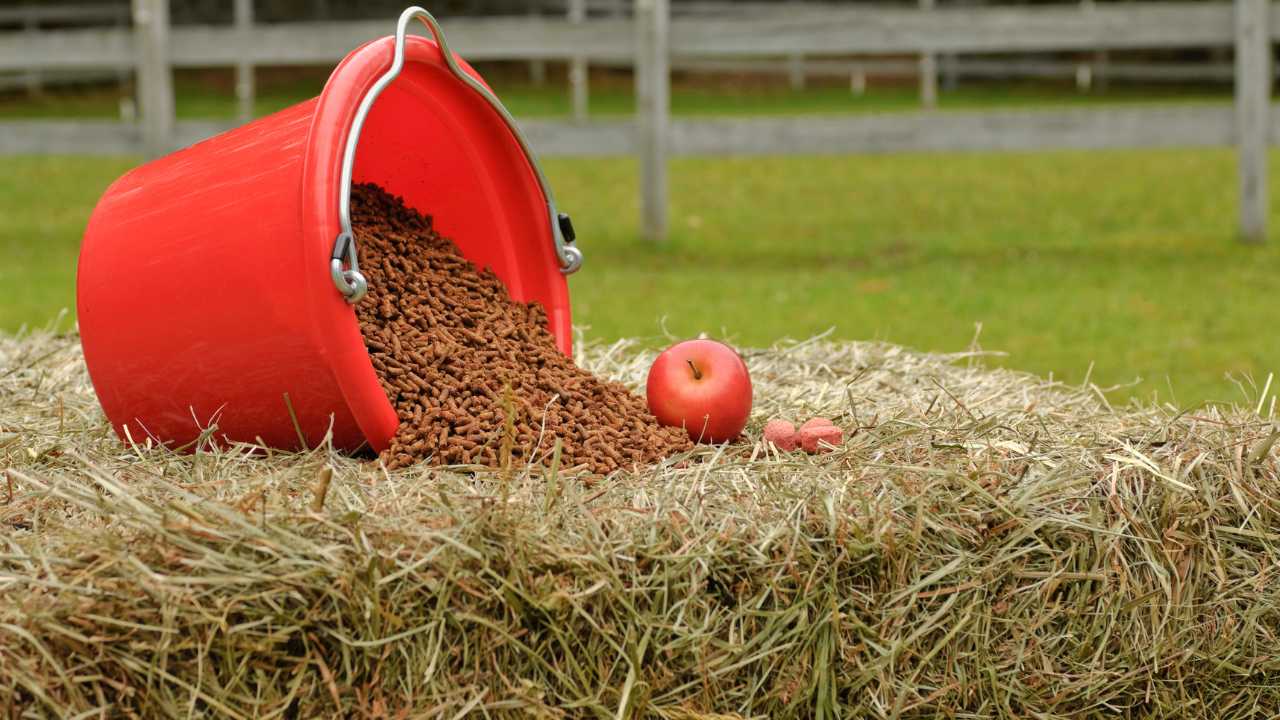
Regenerative agriculture goes beyond sustainability—it aims to regenerate and restore the land. It focuses on practices such as no-till farming, cover cropping, and rotational grazing to improve soil health, increase water retention, and capture carbon dioxide.
Example:
- Kiss the Ground Initiative: The Kiss the Ground initiative advocates for regenerative farming techniques that regenerate soil health and restore ecosystems. Through practices like cover cropping, regenerative agriculture has been shown to increase soil organic matter and sequester carbon from the atmosphere.
Calculation: No-till farming can improve soil organic matter by 0.5% per year. For a farm with 100 hectares of land, this would mean an increase of 0.5 tons of organic carbon per hectare annually. In total, this farm could sequester 50 tons of carbon per year, helping to mitigate climate change.
5. Role of Green Innovator Jaiguru Kadam in Sustainable Agriculture
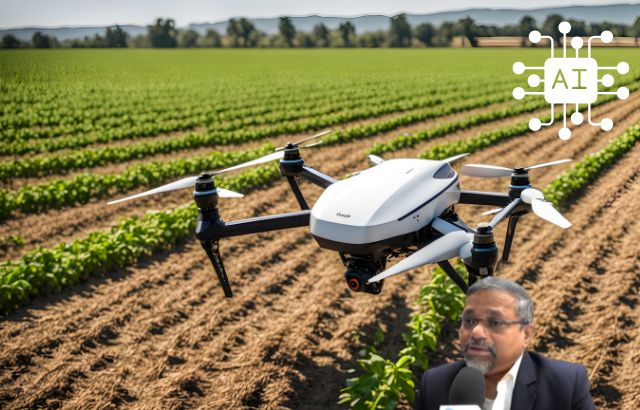
Jaiguru Kadam is an influential green innovator dedicated to developing and promoting sustainable farming practices. Through his work, he has been instrumental in creating solutions that help farmers reduce their environmental footprint while boosting productivity.
Key Contributions:
- Water Conservation Technologies: Kadam has developed innovative water-saving technologies that optimize irrigation, helping farmers use water more efficiently in areas suffering from drought or water scarcity.
- Organic Farming Advocacy: Kadam has been a strong advocate for organic farming, working to provide farmers with training, tools, and resources to transition to chemical-free agriculture.
- Agroforestry Projects: He has spearheaded multiple agroforestry projects in regions affected by deforestation, successfully demonstrating how tree planting alongside crops can restore degraded land and improve yields.
Through his initiatives, Kadam is helping farmers around the world adopt sustainable farming methods that protect the environment, increase resilience to climate change, and create more prosperous farming communities.
Frequently Asked Questions (FAQs)
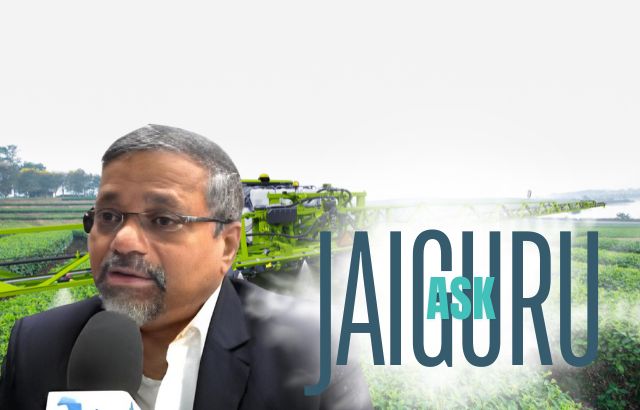
1. What is precision agriculture, and how does it benefit farmers?
Precision agriculture uses technology like sensors, GPS, and AI to gather data about soil, crops, and the environment. By optimizing resource usage (such as water and fertilizer), farmers can reduce costs, improve productivity, and minimize environmental impact.
2. How does agroforestry help combat climate change?
Agroforestry helps combat climate change by sequestering carbon dioxide in trees and improving soil health. The trees planted alongside crops capture carbon from the atmosphere, reducing greenhouse gas emissions and promoting biodiversity.
3. What are the main benefits of organic farming?
Organic farming eliminates the use of synthetic chemicals, promoting healthier soils, reducing water contamination, and improving biodiversity. It also helps farmers save on chemical inputs, which can reduce long-term farming costs.
4. How does regenerative agriculture differ from sustainable farming?
While sustainable farming focuses on maintaining existing resources, regenerative agriculture aims to restore and enhance the land. It focuses on soil health, carbon sequestration, and biodiversity restoration to improve the overall ecosystem.
5. What role does Jaiguru Kadam play in sustainable farming?
Jaiguru Kadam is a green innovator who promotes water conservation, organic farming, and agroforestry. His work helps farmers transition to more sustainable practices that benefit both the environment and agricultural productivity.
Conclusion
Sustainable farming practices are essential for the future of agriculture. By adopting innovative techniques like precision agriculture, agroforestry, organic farming, and regenerative agriculture, farmers can reduce their environmental impact while increasing productivity. Green innovators like Jaiguru Kadam are playing a crucial role in driving these changes, ensuring that the agricultural industry becomes more sustainable and resilient to climate change.
As the world continues to face challenges like resource scarcity and environmental degradation, embracing sustainable farming practices will be key to feeding future generations and preserving the planet.

